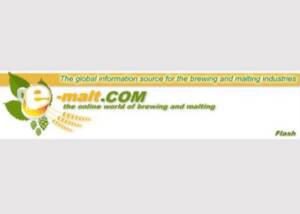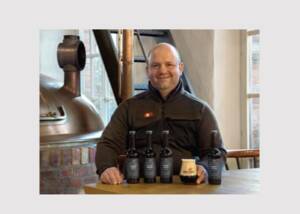Orchard harvest of 450,000 tons in 2025 better than expected
News General news
“We are very pleased,” said Klaus Heitlinger, managing director of the Association of the German Fruit Juice Industry (VdF). “Normally, a weak harvest is to be expected in an odd-numbered year.”

Statistically speaking, orchard harvests are weaker in odd years than in even years. The alternation in fruit growing, i.e., the change between a good and a poor harvest, has been known for years and was exacerbated by the late frost in 2017. Harvests also vary from region to region. In Baden-Württemberg, the main growing region, which accounts for 50 percent of Germany's orchard fruit production, the harvest prospects are good in the Albtrauf region, while they are below average in Upper Swabia.
In general, the yield capacity of orchard fruit has suffered greatly in recent years. While more than 1 million tons were forecast in 2018, the yield potential declined, mainly due to the dry summers between 2019 and 2023. More and more trees are severely damaged due to insufficient water supply and their age of over 70 years.
Klaus Heitlinger, managing director of the VdF, emphasizes the importance of orchard meadows not only as an economic factor, but also as a valuable ecosystem: "More than 5,000 animal and plant species find a habitat here. The diversity of fruit varieties and their special flavors are of great importance to fruit juice lovers, which is why special products such as orchard apple juices or quince and pear juices are very popular."
In view of the climatic challenges and the aging of many orchards, fruit juice producers in Germany are committed to preserving and promoting orchard cultivation. Planting campaigns and surcharge models are just some of the measures with which producers actively support cultivation.
Harvest estimation with a sense of proportion
For 30 years, the VdF has been carrying out what is known as fruit density estimation for cider apples, which was developed at the Lake Constance Fruit Growing Competence Center. Using a special telescope, known as a “Gucki,” five sections are targeted and the apples on the tree are counted. Using a special calculation method, the VdF is able to make an approximately precise estimate of the expected harvest throughout Germany. Forty-five active volunteer estimators carry out the fruit density estimation in the orchards and, through this harvest recording, also obtain information on the relevance of orchard fruit.










